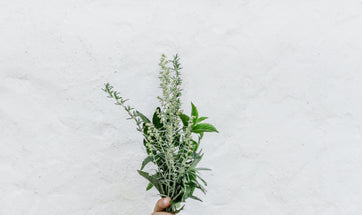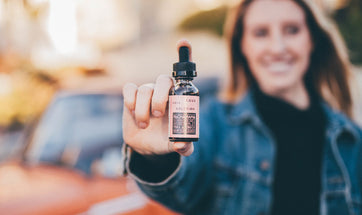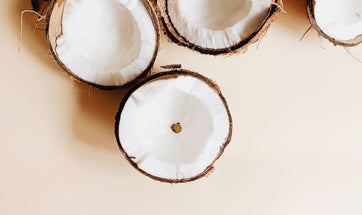an Expert Guide to Hemp Cultivation
Now that hemp-derived CBD is legal nationwide, farmers across the country are looking to get into this exciting new industry. But since hemp is still a young crop in the U.S. — and some still don’t know the main differences between hemp vs. marijuana — figuring out how to grow it successfully can be a bit of a challenge. But that’s what this guide is for: to help you navigate the burgeoning world of hemp cultivation.
Is it Legal?
With the passing of the 2018 Farm Bill, the federal government ended a more than 40-year prohibition on hemp cultivation. But that doesn’t necessarily mean hemp farming is legal everywhere. The Department of Agriculture requires any state that wants to allow hemp cultivation in its jurisdiction to develop hemp production and tracking laws. These laws then need to be approved by the federal agency before the state can kick off their hemp program.
While most states have received federal approval for hemp cultivation, a select few haven’t. Right now, Idaho, South Dakota, and Mississippi continue to ban farmers from growing hemp. Federal law defines hemp as any cannabis plant containing less than 0.3% THC — marijuana’s primary intoxicator. This means companies must go through rigorous testing of hemp plants before going to market, with some forced to destroy any product found to have too much THC. Of course, laws and regulations will change from state to state, so make sure you do your due diligence and become familiar with your local hemp cultivation rules.

A look at our hemp farm in Colorado.
Planting Conditions
There’s a reason why 'weed' is one of the most common nicknames for cannabis — it’s just such a hearty plant. Hemp can grow in most parts of the U.S., outside of high mountains or in deserts.
However, hemp does best in warm weather and prefers well-drained soil. Hemp seeds need good seed-to-soil contact, and we recommend a shallow, firm seedbed. Irrigation is important for seedlings, while more mature plants can go with a little less water.
Required Equipment
Commercially available farming equipment will mostly cover hemp cultivation needs. You can sew hemp seeds with standard grain drills, and most balers can prepare hemp for storage. The specialized equipment required to process hemp can be hard to come by in the U.S. Instead of making a big investment in new equipment, prospective hemp farmers should build relationships with local processors who can handle the finishing work.

Challenges
1. Choosing a Hemp Variety
Farmers cultivate hemp for many purposes, with the big three being fiber, seed and CBD. Before growing, you want to make sure you know what you want your hemp crop to produce.
The main use of fiber hemp is the production of things like paper and textiles. But there are also a lot of other exciting things produced from fiber hemp, including sustainable concrete alternatives! Farmers harvest the stalks and stems of hemp plants when growing them for fiber.
It’s probably pretty obvious the seeds are the most important thing when growing seed hemp. Hemp seeds and hemp seed oil are health food staples as well.
These days, however, the biggest attraction in hemp cultivation is CBD. While growing hemp for CBD could be a financial boon for farmers, it’s also the most complex reason for hemp cultivation from a legal standpoint. With CBD hemp, the flowers and buds are the key parts of the plant.
Each of the major hemp cultivation purposes requires you to harvest different parts of the plant. In order to get the most out of your crop, you’re growing to make sure you source the right seeds and use the right growing methods for the kind of hemp you want to cultivate.
2. Getting The Right Seeds
As we just mentioned, choosing the right hemp seeds for the job is key to growing a successful crop. However, getting quality seeds is sometimes easier said than done. Hemp seed production has yet to take off in the U.S., so many farmers must get them from Canada or Europe. These seeds aren’t always properly acclimated to growing in U.S. climates, though, which can mean unpredictable results and increased financial risk for farmers trying to get their hemp programs off the ground.
3. Lots of Land
People running small-scale farms probably won’t have much luck with hemp cultivation, as lots will need to be grown in order to make it profitable. Industrial grain farmers probably have the landmass they need to pivot into hemp farming. Community farms, on the other hand, will find it more difficult to justify the costs of hemp cultivation.
Sign up for our email list for new product notifications, lifestyle and CBD content, and special offers!
OUR NEWSLETTER
Get the latest Pachamama news you need, straight to your inbox.




